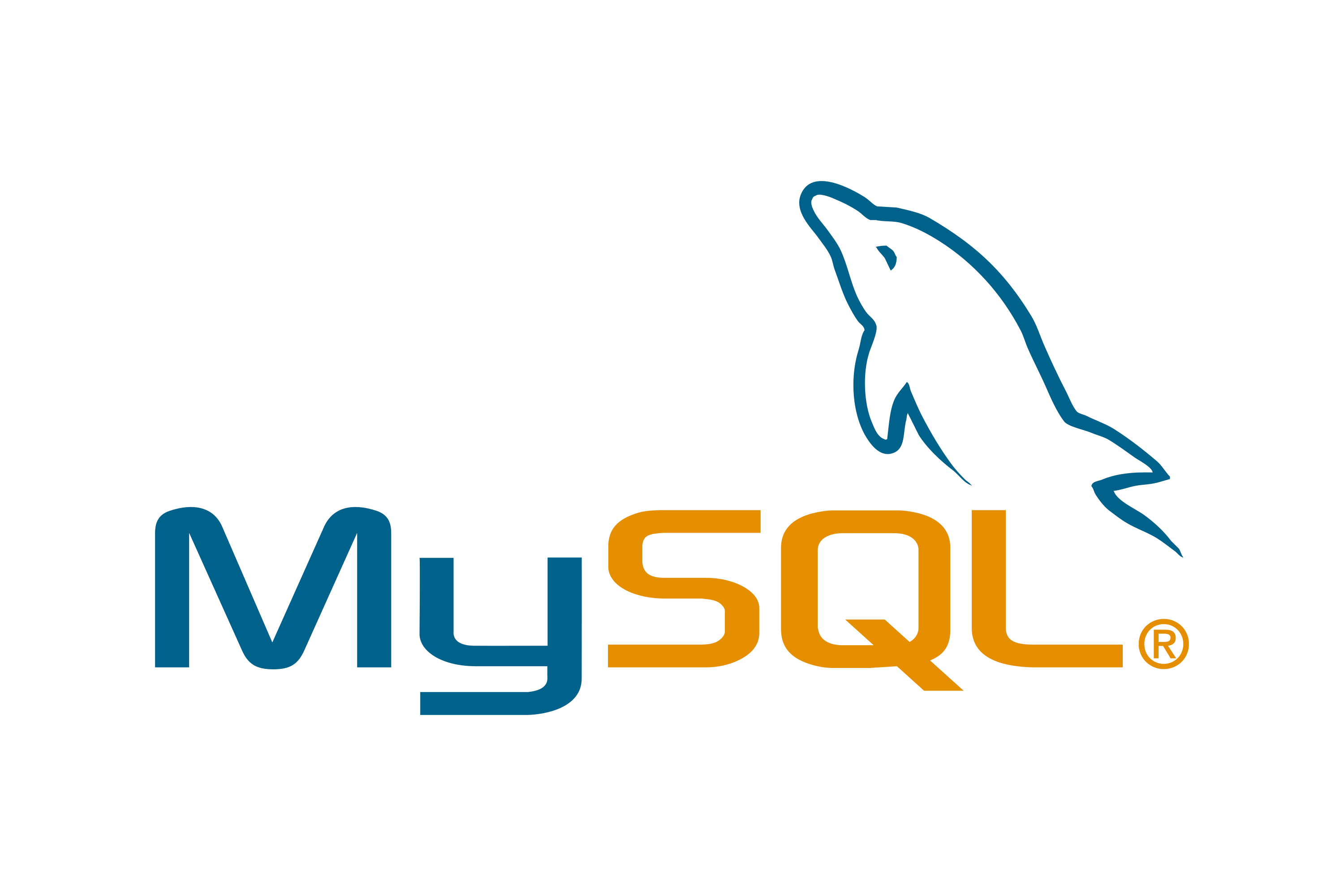PV226: Intro to ML
Machine Learning Tasks
Machine
Learning
Unsupervised
Learning
Supervised
Learning
Reinforced
Learning
Unsupervised
Learning
Clustering
Dimensionality Reduction
Targeted
Marketing
Recommender Systems
Customer Segmentation
Meaningful
Compression
Structure
Discovery
Feature
Elicitation
Big Data Visualizations
Supervised
Learning
Classification
Prediction
Image Classification
Fraud Detection
Customer Retention
Diagnostics
Natural Language Processing
Advertising Popularity Prediction
Weather Forecast
Marketing Forecast
Life Length Prediction
Population Growth Prediction
Reinforced
Learning
Optimisation
Aircraft Wing Modeling
Game AI
Real Time Decisions
Skill
Acquisition
Learning Tasks
Robot Navigation
PCB Layouting
Catalogue Planning
Machine Learning Project
Step 1: Collecting Requirements
Warning: Especially in ML topics clients have only rough idea what they want. Often no idea at all.
Communication is key. Guide them through the options what is possible.
Ask about their systems and technologies. How you will get the data?
A quick exploration using AutoML is good start.
Formalize requirements and agree on budget.
Never promise high accruacy!
Communication
The most critical part to build client's confidence in you.
Try to get direct contacts to people who understand business. Avoid mediators if possible.
Step 2: Understand business and domain
Step 3: Start prototyping
Get some data.
Never start with custom ML model.
High percentages are suspicious.
Jupyter Notebook is your best friend.
Step 4: Production datasources
Start collecting data
There are different kinds of storages





Sometimes you have to query APIs
You have to aggregate data sources.


Target?
Why to use file storage?
Step 5: Build v1
Prototype Fast
Python is a great tool for prototyping
Explore data.
Understand visualizations available.
This is also something you can sell to your client. Often it can bring him high value.
Collect data
Explore
Train
Evaluate
Deploy
In perspective of whole system
Data
Classification
GA
GA
Prediction
Infrastructure
Visualizations
Dashboards
Use Case UI
Visualizations
Backoffice
APIs
APIs
Orchestrations
Scaling
Aggregation
Data Science
Frontend
FE for BE
Backend
You have v1. Deploy it for internal testing.
Harsh part comes.
Step 6: Production system
!
Avoid Python in production systems
- Multithreading in Python is hard
- It is too slow
- That means too costly to run
- Dynamic language
- Naming conventions in your APIs
Use cloud as much as possible
You must do async APIs
or use Websockets
Use compression
Find right deployment model
Step 7: ML ops

Summary
- Collect requirements
- Understanding business
- Prototyping
- Data pipelines
- Building v1
- Building production system
- ML ops
PV226: Intro d ML
By Lukáš Grolig
PV226: Intro d ML
- 482



